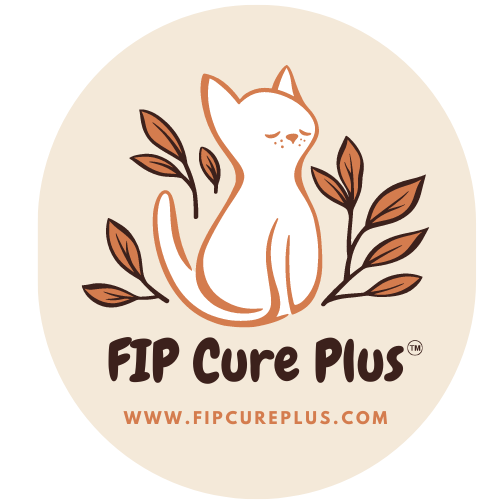Understanding Oral GS Tablets for FIP: A Complete Guide
Share
Feline Infectious Peritonitis (FIP) was once considered untreatable, but with the discovery of GS-441524, a new hope emerged for cat owners worldwide. While both injection and oral forms of GS-441524 are effective, oral tablets have become a popular choice due to their ease of administration and high success rates when used correctly.
This guide will provide a complete, clinical overview of oral GS tablets, helping you understand how they work, how to administer them properly, and what to expect throughout the treatment process.
What Are Oral GS Tablets?
Oral GS tablets are formulated with GS-441524, an antiviral compound that prevents the FIP virus from replicating in the cat’s body. These tablets are designed to be given by mouth once a day, and they offer a less invasive alternative to injections.
How Oral GS Tablets Work
After ingestion, GS-441524 is absorbed through the digestive system and enters the bloodstream. It targets infected cells and blocks viral replication, giving the immune system a chance to recover and eliminate the virus.
To ensure proper absorption, tablets must be administered on an empty stomach, typically 1–2 hours before or after feeding.
When Are Oral Tablets Recommended?
Oral tablets are effective for most forms of FIP, including:
- Wet FIP
- Dry FIP
- Ocular FIP (in some cases)
- Post-injection maintenance for neurological FIP
In cases of neurological or severe ocular FIP, injections may be more appropriate at the beginning, due to their faster and more direct absorption.
Dosage Guidelines
Dosage depends on several factors:
- Type of FIP (wet, dry, ocular, or neurological)
- Cat’s weight (in kg)
- Severity of symptoms
A typical treatment course lasts 84 days, and dosage must be adjusted as your cat gains weight throughout recovery. It’s essential to use a precise calculator and consult experienced support to ensure accurate dosing.
How to Administer Oral GS Tablets
- Give on an empty stomach. Wait at least 1 hour after feeding, and delay feeding for 1 hour after giving the tablet.
- Do not crush or split tablets. This may reduce effectiveness.
- Use a pill popper or wrap in a small treat if needed—just ensure the cat swallows it whole.
- Avoid dairy-based foods or treats during the treatment period, as they may interfere with absorption.
Monitoring Progress
During treatment, your cat should be monitored closely. You may observe improvements such as:
- Increased appetite
- Return of energy
- Weight gain
- Normalized behavior
It’s advisable to do blood tests every 4 to 6 weeks to monitor your cat’s response, especially liver enzymes, kidney function, and red/white blood cell levels.
Common Challenges
While oral tablets are generally well tolerated, some issues can arise:
- Vomiting after administration: May require switching brands or forms.
- Diarrhea: Temporary and often resolves without intervention.
- Tablet refusal: Some cats may resist oral medications, and alternative strategies or injections may be considered.
Always consult your provider if these issues persist.
Final Thoughts
Oral GS tablets have become a trusted solution for many cat owners dealing with FIP. They offer effective, non-invasive treatment when used correctly and consistently. The key to success lies in proper dosing, consistent daily administration, and ongoing support.
If you’re starting treatment or need guidance, FIP Cure Plus is here to support you throughout the entire journey—because every cat deserves a second chance at life.
